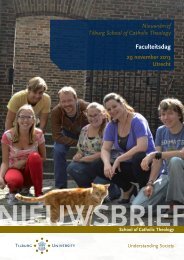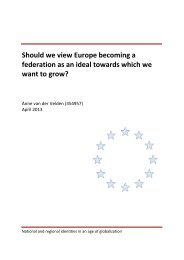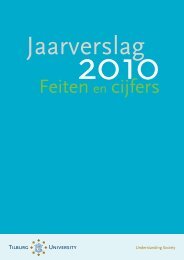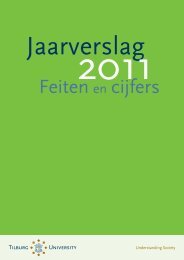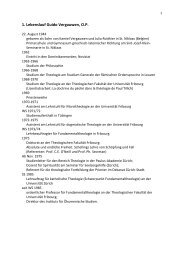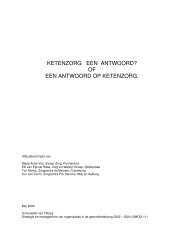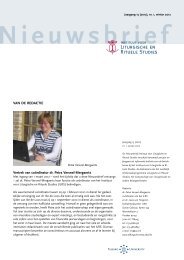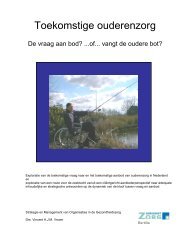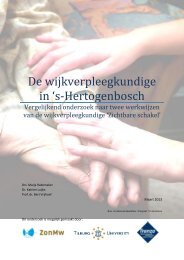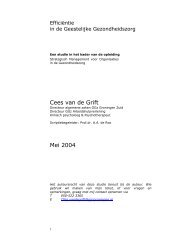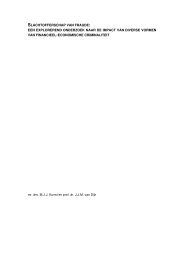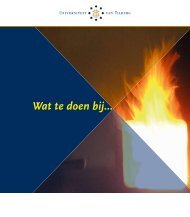Here - Tilburg University
Here - Tilburg University
Here - Tilburg University
Create successful ePaper yourself
Turn your PDF publications into a flip-book with our unique Google optimized e-Paper software.
Presenter<br />
Engel, Uwe; Dept. of Social Sciences, <strong>University</strong> of Bremen<br />
Authors:<br />
Uwe Engel; Simone Bartsch; Helen Vehre; <strong>University</strong> of Bremen<br />
Title<br />
Interviewer effects in the recruitment of a probability based access panel<br />
Abstract<br />
As part of the German Priority Programme on Survey Methodology<br />
(www.survey-methodology.de), large random telephone samples for the adult<br />
population of Germany were drawn to build up an access panel for the three<br />
survey modes fixed-line, mobile-phone, and online-interviewing. 14,200 realized<br />
interviews yielded a net panel size of 6,600 people.<br />
An accompanying interviewer survey was carried out to study possible<br />
interviewer ef-fects. In addition to that we conducted a study to evaluate the<br />
interviewers’ voices as well as communicative aspects of the initial contact<br />
situation. At the ASA Methodology Conference we would like to present first<br />
findings of this study on interviewer effects. Using the Mplus modelling<br />
framework we estimated two-level mod-els for categorical indicator variables<br />
and continuous latent factors. These models relate the probability of a full<br />
interview respectively the individual response propensity (within part) to several<br />
interviewer attitudes and beliefs at the between level (k=185 interviewers).<br />
Indica-tors include attitudes and beliefs about the possibility and necessity of<br />
convincing reluctant target persons, the acceptance of refusals, the emphasis of<br />
voluntariness, and the need to tailor the contact situation. All these information<br />
has been gathered prior to the fieldwork phase of the study.<br />
To estimate the effects of interviewers’ voice characteristics and perceived<br />
communica-tive aspects, we applied a two-step procedure. First, the individual<br />
response propensity was estimated as a function of a large set of paradata and<br />
survey data while allowing for random intercept variation at the interviewer<br />
level. Then, using again the Mplus modelling frame-work this response<br />
propensity (within part) is modelled at the between level as a function of some




